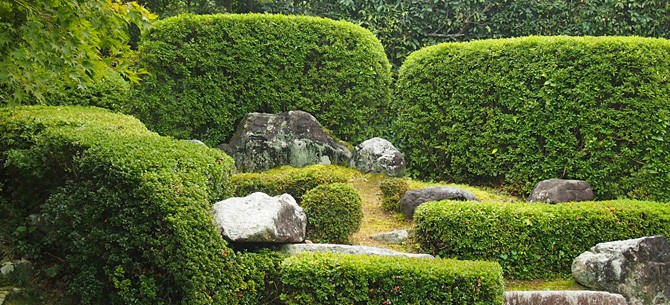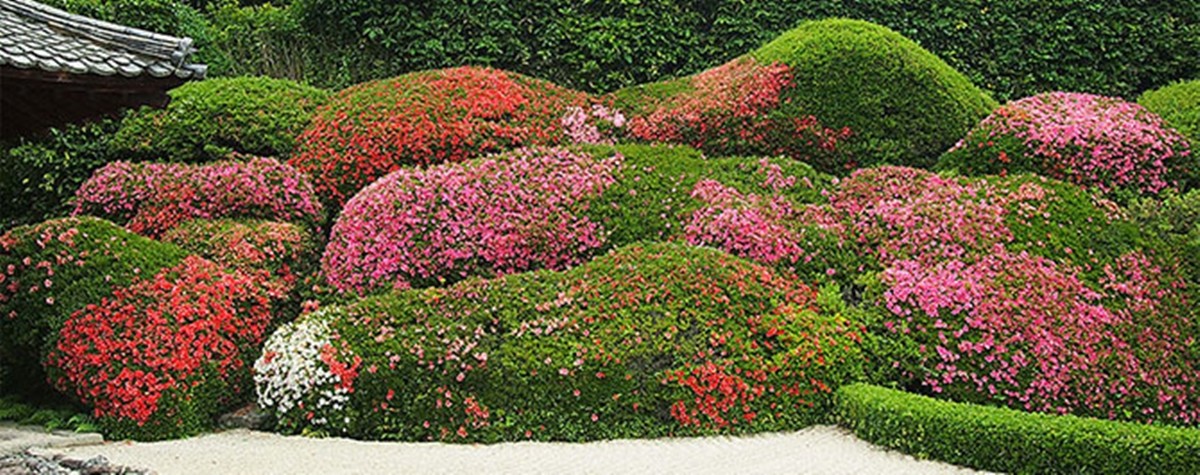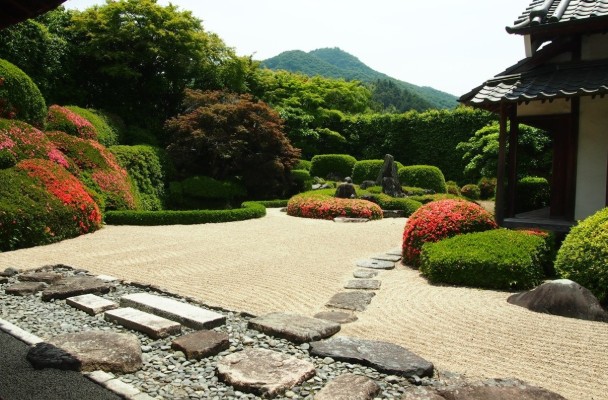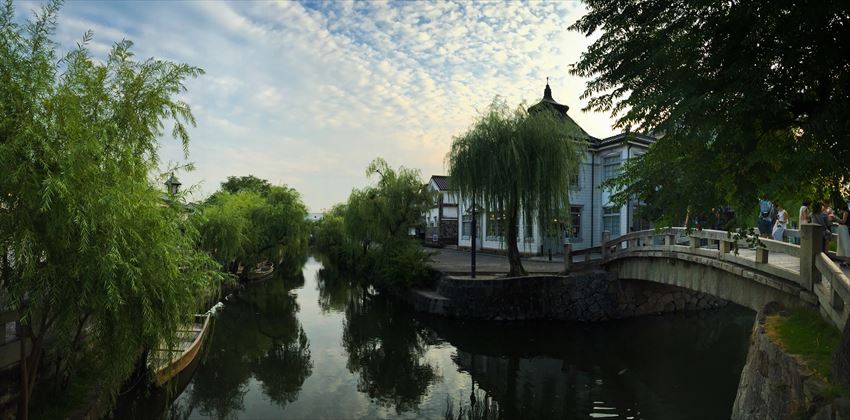Raikyuji Temple, located in Takahashi City, Okayama Prefecture, is famous for its garden, which is a nationally designated scenic spot. Along with Okayama Korakuen and Tsuyama Shurakuen Garden, the garden of Raikyuji Temple is one of the three major gardens of Okayama, and became a hot topic as it is awarded 1 star from Michelin Green Guide Japan. In this article, we will focus on the garden of Raikyuji Temple and introduce its highlights thoroughly!
What is Raikyuji Temple?

The temple belongs to the Rinzai Eigen-ji school, and its founding date is not clear, but it is said that Ashikaga Takauji, a military commander from the late Kamakura period to the Namboku-cho period, was responsible for its rebuilding.
The highlight is the garden. The Karesansui Garden is a famous, representative Japanese garden in the Horai-style, built in the early Edo period. The features from the late Momoyama Period are preserved as they were at the time. The garden was constructed by Kobori Enshu, known as a master of tea ceremony during the Edo Bakufu. It is said to be the beginning of Kobori Enshu's career.
The Must-See Points of Raikyuji Temple's Garden
Tsurushima and Kameshima, Representing the Elegant Cranes of Nakasu


Mt. Atago is used in the background as though it is a part of the garden, and two low islands, Tsurushima and Kameshima, are placed in the center and towards the back of the white field of sand. Tsurushima is a sharp vertical stone and expresses how the cranes in Nakasu stand gracefully. Also pay attention to the carvings of gentle curves that are intended to look like crane feathers.
Kameshima has two stones, the “Turtle Head Stone” that forms the head of the turtle and the “Turtle Shell Stone” that is the shell. Depending on the angle, it looks like one stone.
The Seigaiha Design, Which Looks Like a Huge Wave

The second highlight is the big Azalea topiary. The design looks as if a huge wave is undulating, and it is called the "Seigaiha", or “Blue Sea Wave”. Camellia bushes stand trimmed in a straight line behind the azaleas, and the azaleas and camellia create a wonderful contrast. In addition, the sand on the ground has ripples and expresses the image of ocean.
The Garden's Impression Changes Depending Where You See it From!
The reception room and the temple residence have intricate "engawa" walkways around the outside, which cut out into the garden, so the impression of the garden varies depending on where you see it from. The area of the site is only about 200 tsubo, so it is relatively compact, but there are many elements that are characteristic of Japanese gardens, such as the Tsurushima, Kameshima, and the sand with ripples combed into it! It's a place worth visiting at least once!
How to Get to Raikyuji Temple
Located in Takahashi City, Okayama Prefecture, you should use the Shinkansen to get to the temple from Tokyo and Osaka.
From Tokyo Station
Take the JR Tokaido Shinkansen Nozomi, and get off at Okayama Station after about 3 hours and 20 minutes. After that, board the limited express Yakumo bound for Izumo on the JR Hakubi Line, and arrive at Bitchu Takahashi Station, the closest station to the temple, in about 35 minutes.
From Shin-Osaka Station
Take the JR Sanyo Shinkansen Nozomi, and get off at Okayama Station after about 45 minutes. After that, the same as above. It is a 15-minute walk from Bitchu Takahashi Station.
Spot Information
- Spot name: Raikyuji Temple (頼久寺)
- Street Address: 18, Raikyuji Town, Takahashi City, Okayama Prefecture 716-0016
- Language: Local brochures available in English, Chinese and Korean
- Ticket: 400 Yen
- Holidays: Open year-round
- Opening Hours: Garden admission 9:00 ~ 17:00



Comments